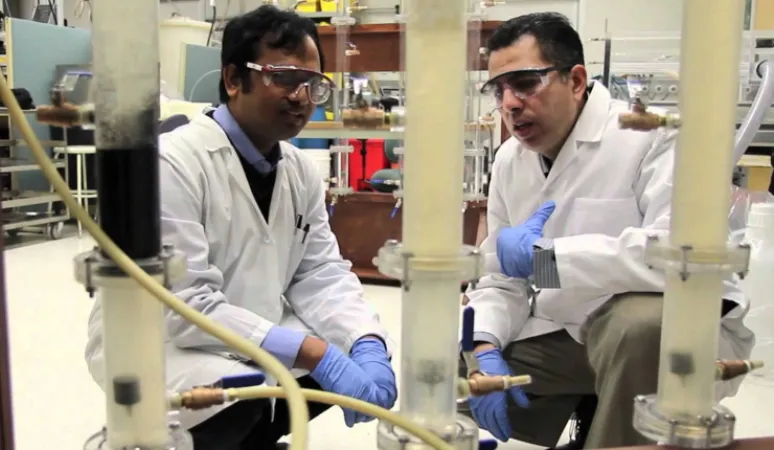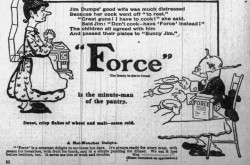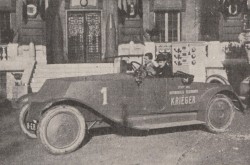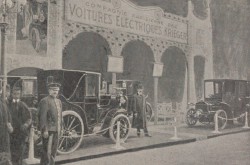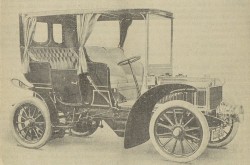Dr. Mohamed Gamal El-Din's Research Finds New Treatments for Tailings Ponds
This article was originally written and submitted as part of a Canada 150 Project, the Innovation Storybook, to crowdsource stories of Canadian innovation with partners across Canada. The content has since been migrated to Ingenium’s Channel, a digital hub featuring curated content related to science, technology and innovation.
The oil sands are a significant driver of Canada’s economy. As such, researchers are continuously striving to improve the industry, particularly in the area of environmental sustainability.
Over the last 20 years, one of the main culprits impacting the environmental sustainability is oil sands process-affected water (OSPW). OSPW is the water produced from the extraction process, and is stored in tailings ponds for its recycle in bitumen extraction, process cooling, and material hydro-transport. As part of the industry’s reclamation plan, OSPW in tailings ponds will eventually be developed into terrestrial or aquatic habitat upon mine closure. The industry is also investigating whether selected water streams that make up OSPW can be candidates for return to the environment after treatment.
Although tailing ponds are a solution to OSPW, they are a temporary fix. These ponds have limited capacity and new land is constantly being consumed to develop new ponds. Tailing ponds currently occupy over 170 square kilometres in Canada and have become an extreme environmental risk.
To solve this urgent issue, researchers like 2016 ASTech Award Finalist for Oil Sands Innovation Dr. Mohamed Gamal El-Din are developing ways to treat and reclaim OSPW so it can be safely returned to the environment.
Read the full story here.
Transcript
Congratulations 2016 ASTech Awards Finalist Dr. Mohammed Gamal El-Din. Find out more about the research of Oil Sands Affected water with this short video profile.



